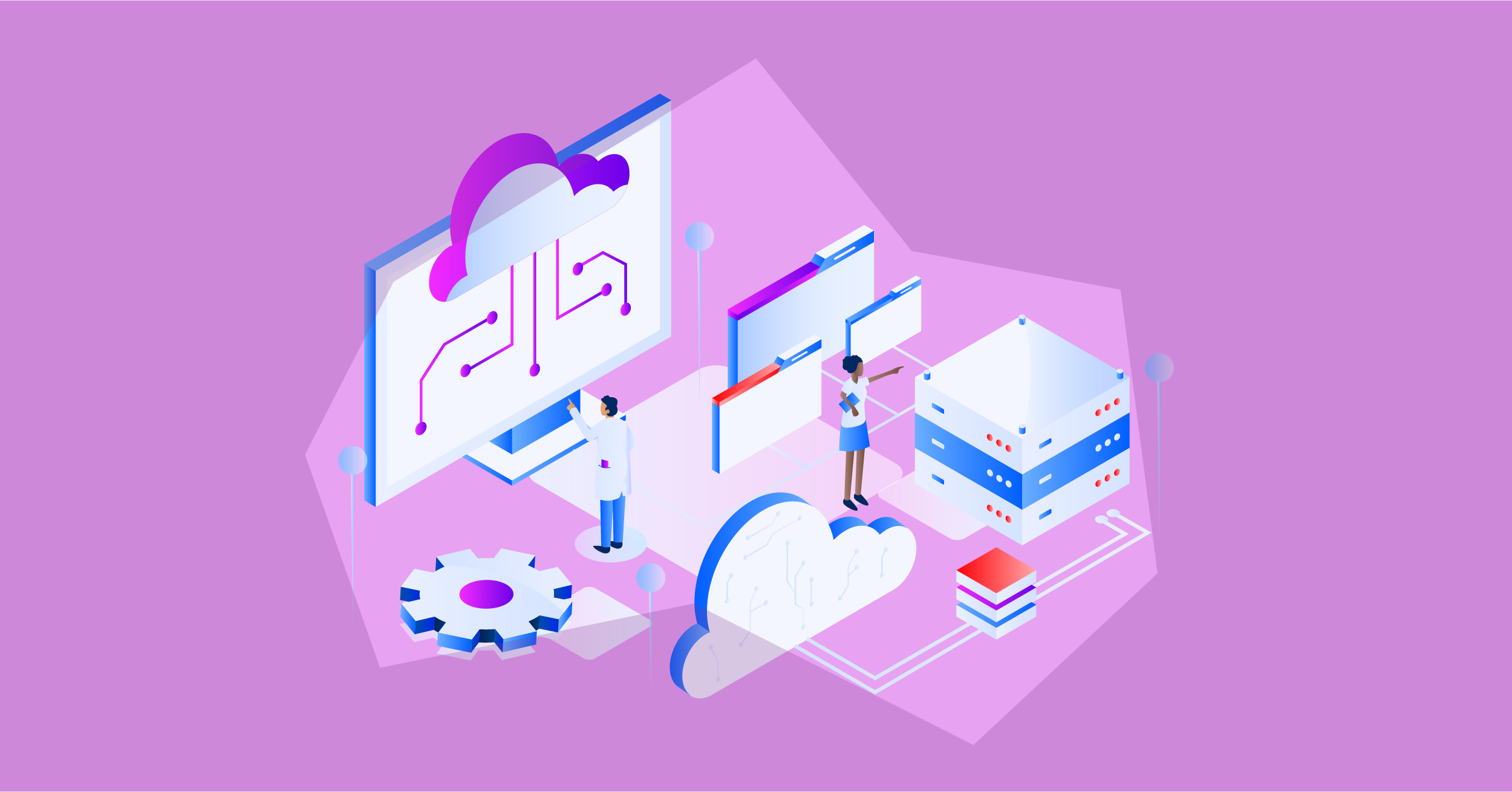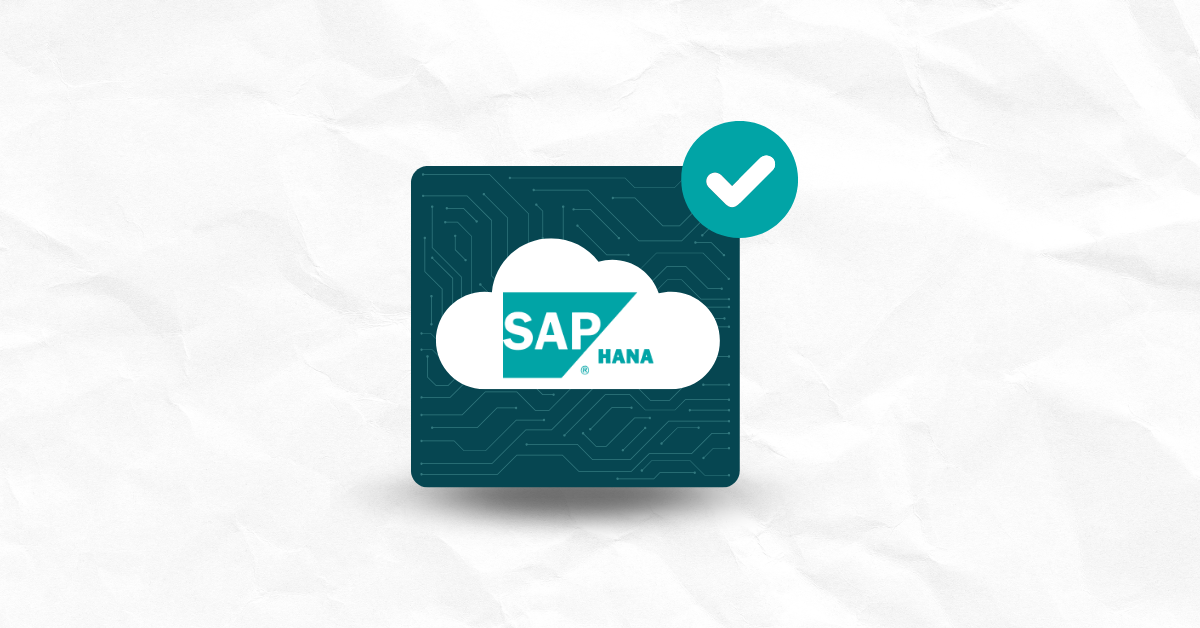

Cloud technology has ushered in a new era for businesses, laymen, and the developers who are behind all the applications. Cloud-native technology is essentially about speed and agility, which have become more like necessities for business systems. Of course, at the heart of it all is the cloud infrastructure. Three of the most prominent cloud service providers include Amazon Web Services, Google Cloud Platform, and Microsoft Azure.
Cloud-native development is clearly the next big thing in DevOps, for reasons that stand out when you look at the many benefits this approach offers. But if you don’t exactly know what it is, let’s take a minute to discuss it in detail.
Cloud-native is the latest approach to creating and running software on the cloud infrastructure. It leverages the flexibility, speed, and resilience of cloud computing with elements that offer dynamism and scalability.
That’s a pretty basic and simple definition. Here’s how the Cloud Native Computing Foundation (CNCF) defines it:
“Cloud-native technologies empower organizations to build and run scalable applications in modern, dynamic environments such as public, private, and hybrid clouds. Containers, service meshes, microservices, immutable infrastructure, and declarative APIs exemplify this approach.
These techniques enable loosely coupled systems that are resilient, manageable, and observable. Combined with robust automation, they allow engineers to make high-impact changes frequently and predictably with minimal toil.”
This approach was pioneered by some of the most trailblazing digital companies in the world. Netflix, Uber, and Spotify are among those that have fully embraced the power of the cloud. Other ambitious companies are following suit, taking on cloud-native development for both current and future applications.
Cloud-native uses technologies like containers, microservices, serverless computing, and automation to achieve the kind of growth today’s businesses need.
There are some key advantages to using a cloud-native development model rather than traditional software development models that typically run using on-premises data centers.
The most recent OWASP Top 10 web security risks list includes Software and Data Integrity Failures at number eight. This is a new entrant that is directly related to updates. There’s no room for faulty assumptions about software updates.
Traditional development models use the waterfall methodology for updating applications once or twice a year. On the other hand, cloud-native applications are open to as many updates as necessary because of the added flexibility. That also allows developers to deliver new features to end-users faster than before.
Physical servers take space, use energy, and require money to run. Even when applications are not in high demand mode, all those resources are being expended. Cloud-native applications benefit greatly from the flexibility of the cloud by using only what is needed and adjusting for demand.
This also brings scalability into the picture, as cloud-native applications can scale when needed without any complex processes to go through for provisioning. Businesses pay only for what they use in terms of computing and space usage, which has been the biggest benefit of the cloud anyway.
Cloud-native development is all about modern web-centric languages that are highly adaptable and easy to deploy. Using HTML, CSS, JavaScript, Java, Go, Node.js, Python, PHP, .NET, and Ruby, developers can create dynamic applications that run seamlessly on different platforms.
For developers, believe it or not, it’s the automation that makes cloud-native such an ideal approach. Implementation is not a responsibility for developers as automation handles most of that; software engineers can move from one challenge to another without worrying too much about deployment. Most development techniques use declarative codes, allowing developers to move on to more pressing issues, such as security.
Stateless applications do not save data for each session. This model makes it easier to scale on different servers and consequently uses fewer resources. More importantly, it frees DevOps teams from getting locked in with a specific vendor because the applications can easily move among cloud servers and data centers.
The cloud-native approach helps address the scalability issues of traditional software development models, including the agile group (SCRUM, KANBAN, and Extreme Programming).
The most traditional software development lifecycle (SDLC) models include the waterfall and iterative/incremental models.
The former is very rigid in approach, with each stage having its own deliverables. There’s too much focus on the documentation, which is clearly not as feasible for today’s dynamic web and mobile applications.
More importantly, the application needs cannot be re-evaluated if the team is currently in development mode. Also, changes cannot be seen until they have been deployed.
This model obviously is dated and not at all feasible for modern applications.
The iterative model is more modular, but it still does not come anywhere near the modularity offered by the cloud-native DevOps development process. The development can go parallel, which speeds up the process slightly, but it’s still a sequential development model that makes the development a painstakingly long endeavor.
These traditional software development models are also highly dependent on physical servers or, in other words, on-premises architecture.
Scalability is simply a nightmare because scaling applications requires going through multiple phases every time. That’s something the cloud has resolved for good.
The agile software development models became the norm in the 2000s. These models are still used for software and web applications development by 70 percent of companies. They were a major improvement over traditional SDLC models.
While agile models use N-Tie application architecture and virtual servers, there are still many challenges with scalability. It’s not as plan-driven as traditional software development models, but it’s not as adaptive as cloud-native either.
For instance, the Sprints in the Scrum model can take two to four weeks, but with serverless functions of cloud-native application development, the DevOps team has more productivity.
Here’s how: developers can create code as functions as a service (FaaS) which is evoked only when needed. This allows them to focus on improving those functions without being concerned with provisions, availability, security, or patching.
This is just one example of how cloud-native techniques in application development are a considerable improvement over present development models, even those that are currently hailed as the gold standard.
It’s simple, really; cloud-native applications can scale seamlessly, more so than applications developed with agile models. That’s because cloud native applications are broken into smaller elements (microservices) that can be managed and developed independently.
Of course these services are interlinked. However, they are not co-dependent, allowing developers to work much faster and businesses to use fewer resources with their applications.
As you can guess, there’s a serious need to incorporate modern development techniques such as containers and microservices. Cloud-native architecture basically enables applications that are meant to live on the cloud. With businesses rapidly moving to the cloud, it’s high time they incorporated cloud into their development models as well.
Cloud-native architecture is surprisingly cost-effective and self-reliant, which is the ultimate goal for many tech companies. Similarly, there’s better flexibility and scalability than legacy systems and architectures that can honestly no longer suffice for rapidly changing consumer demands.
Plus, there’s no reliance on physical servers, which increases redundancy and uptime. For developers, that’s just as important as it is for users who rely on the applications they build.
Microservices and serverless functions can support DevOps teams to arrange applications into different, independent segments that are easy to update, patch, and scale. These microservices can also communicate with one another through APIs.
In addition, functions are event-driven, which not only impacts performance but the cost behind the performance. When a function is called only when needed, it uses resources only when needed. For large enterprises, this can mean significant savings without compromising the integrity of their web or mobile applications.
Cloud-native services are already on the rise, with big players like Microsoft and Oracle already offering them. For businesses and developers both, the path forward is following the CNCF trail map, which can help businesses build and deploy truly modern cloud-native applications.
It’s the first step in staying competitive in the field, whether you’re a business considering cloud-native applications or a DevOps member adopting this new wave of software development techniques and models. It’s only a matter of time before cloud-native application development becomes the new norm with its own standardized model.
Cloud-native applications for web and mobile are going to drive the future of software development with their easy scalability, interoperability, and upgradability.
Taking inspiration from a ‘divide and conquer’ strategy, cloud-native at its core is really just about turning big applications and software into smaller, independent, often event-driven services and functions.
When we talk about cloud-native applications, it’s important to talk about security as well. Security can never be compromised for agility or speed, which is why DevOps teams need cloud code security.
Kiuwan provides hybrid code security solutions with its key products, Software Composition Analysis (SCA) and Code Security (SAST). Empowered with these application security tools, developers can adopt modern development practices while ensuring there are no exploitable vulnerabilities in their software applications.


